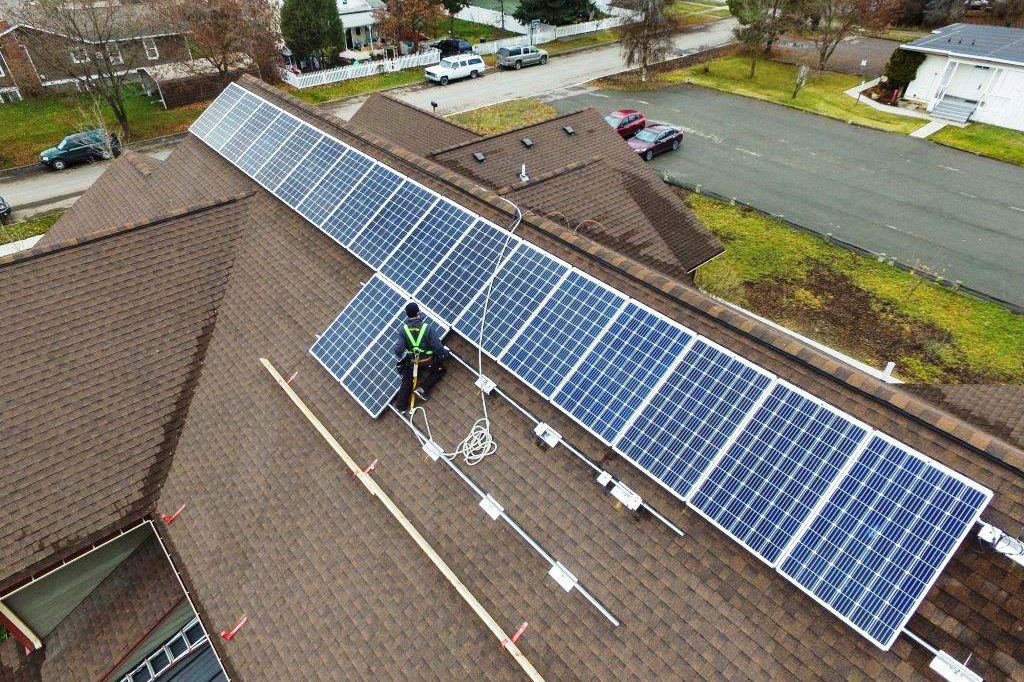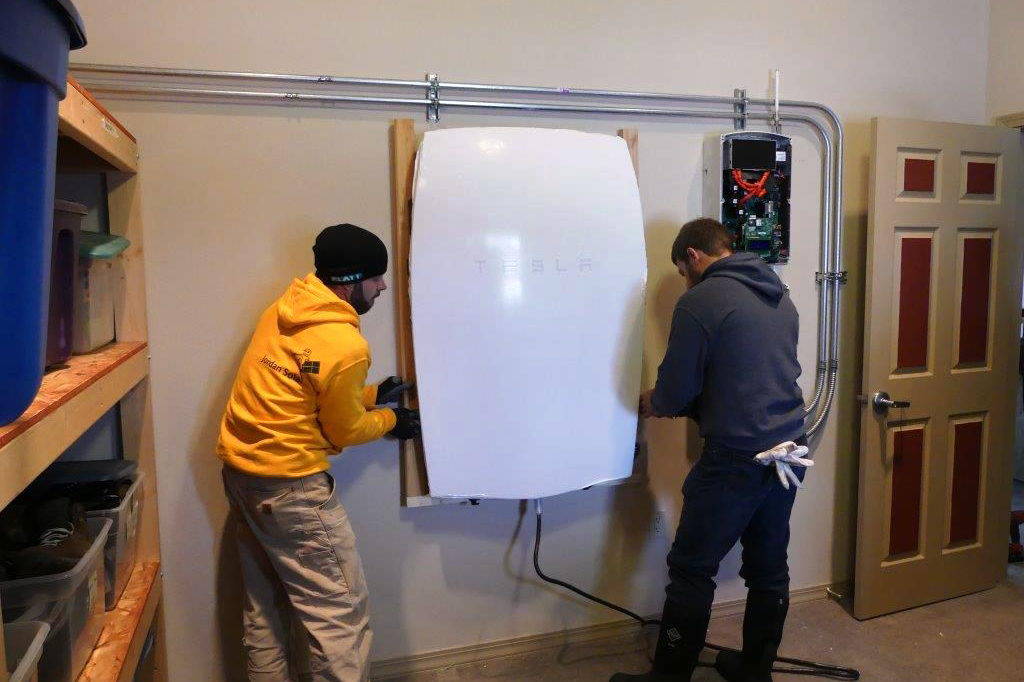
As director of a group home for at-risk youth, Lance Isaak wants to ensure that teenagers in the Kalispell, Montana, area stay safe while addressing dire family problems.
Someday, the program director of the Flathead Youth Home will also find himself as a solar energy tour guide, thanks to a partnership between the nonprofit and Flathead Electric Cooperative, also in Kalispell.
The co-op selected the youth home to test rooftop solar panels and a Tesla Powerwall battery as a means of energy storage. Flathead Electric will collect and evaluate data generated by the 7.2-kilowatt, net-metered solar array and backup system over several years to determine whether the technology is a good fit for members.
Isaak welcomes the chance to learn about a cutting-edge technology and save money on the home’s electric bills, now about $100 to $150 per month.
“I’m blown away by the technology out there that we’re not exposed to,” he said. “And as a non-profit we are always looking for ways to save money.”
The co-op has experience with solar energy—its sold-out SUN program is the state’s first community solar project—but it wanted to delve deeper into the technology’s effect on its system.
“We wanted to test energy storage by itself, energy storage with on-site solar, and, if possible, use Tesla’s Powerwall due to its potential dominance of the market,” said David Bopp, the co-op’s energy services representative.
CHOOSING A CHARITY
A co-op technology committee had considered an employee’s house but decided on a charity with a similar electric profile. “We thought, ‘Let’s gather data for our purposes and benefit a nonprofit at the same time,’ ” said Wendy Ostrom-Price, public relations officer.
Thirteen nonprofit agencies, including Flathead Youth Home, applied for the research partnership.
“We were looking for a facility with electrical usage similar to a residence that was open to helping us market the system by allowing us to use the results at conferences,” Bopp said. “We also wanted a place comfortable with us having on site whenever we needed access. They also had to have a history in the community.”
Flathead Youth Home fit the bill. Since 2009, the 10-bedroom, 5,550-square-foot home and office has provided short-term crisis intervention and longer-term care for youth ages 10-18. It is part of a larger network of homes in operation since 1971.

“They couldn’t have made the process any easier,” said Isaak, who applied after seeing an ad in the local newspaper. The system was installed in December and after 10 years, the home will own it. Until then, he will give tours on behalf of the co-op.
It will take several years for the system to produce meaningful data to determine effects on the grid. To get an accurate picture, the co-op wants to ensure the system doesn’t send more electricity to the grid in a year than it consumes.
“We want solar to potentially offset a substantial portion of the yearly usage, but at the same time allow energy to flow from the grid to the battery and vice versa,” said Bopp.
The house contains a first-generation battery, and depending on test results, the co-op will consider a second-generation battery, which has twice the storage capacity.
“We lucked out that an installer was able to obtain a battery and that the home has southern exposure and is in a part of town where people can see it,” said Bopp.
Victoria A. Rocha is a staff writer at NRECA.